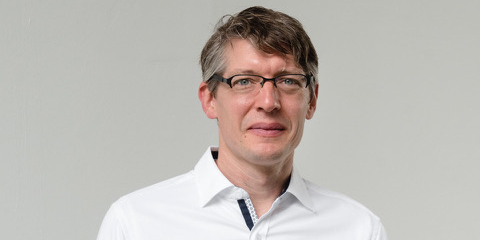Growing Hints of Lepton Universality Violation
- Research

The Standard Model of particle physics describes the behavior of all forces and particles in the universe. However, there are increasing signs that not all measurements can be explained in the context of the Standard Model. The LHCb collaboration, which involves TU-physicist Johannes Albrecht, has unveiled some intriguing new results.
On March 23, 2021, an international team of particle physicists from the Large Hadron Collider beauty collaboration reported two important measurements made at the LHCb detector at CERN, Switzerland. RWTH Aachen University, TU Dortmund University and the University of Heidelberg are significantly involved in the LHCb experiment.
According to the Standard Model, all three types of charged lepton particles – electrons, muons and taus – interact in the same way with other particles, as long as differences in their mass are taken in into account. As a result, the different lepton types should be created equally often in particle transformations, or “decays.” This symmetry is called lepton universality. In the measurements now reported, B mesons seemed to decay to electrons more often than to muons, which would violate the lepton universality. The statistical significance of the result is 3.1 standard deviations – however, particle physicists tend not to claim a new discovery until a result reaches a significance 5.0.
Intriguing new results
"There are cracks in the theory of the symmetry between electrons and muons! If we are able to confirm the measurements with further data, this would strongly hint at a new physics beyond the standard model," says Dr. Eluned Smith from the RWTH Physics Institute IB. She coordinated the analysis in collaboration with Professor Johannes Albrecht of TU Dortmund University and Dr. Martino Borsato of the University of Heidelberg.
"This result fits into a series of measurements that, taken together, provide a consistent picture. At present, the data clearly require explanation and models that go beyond the Standard Model, such as models that account for the existence of so-called leptoquarks," Albrecht adds.










